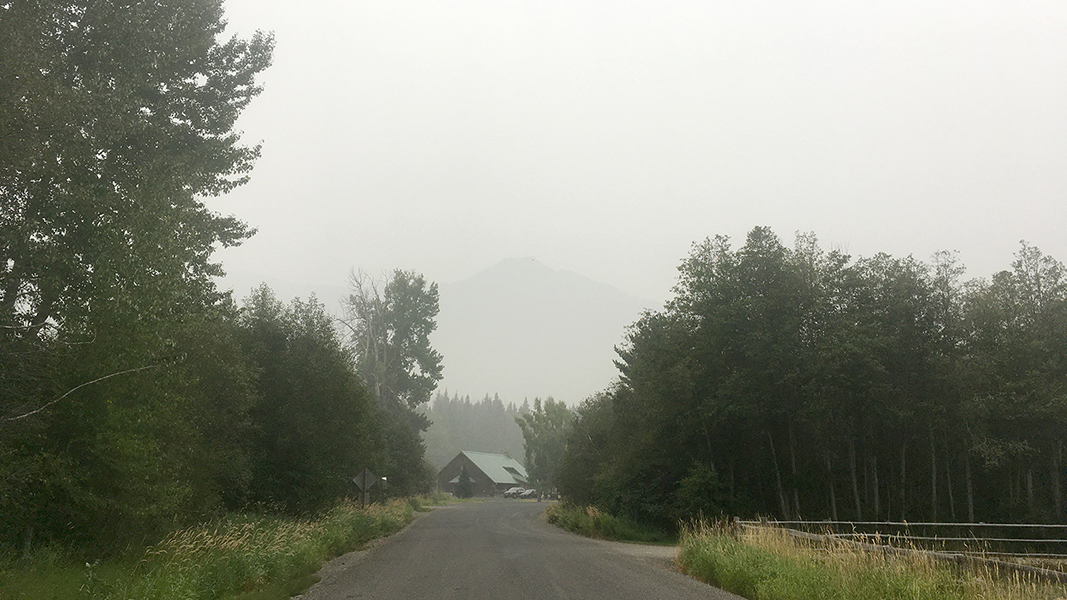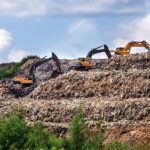
Sally Brown
The earth may be getting warmer but for me the most frightening thing is that the weather is getting weirder. What we now refer to as climate change was initially and is still sometimes called global warming. It is undeniably true that the average temperature across the earth as a whole has been increasing. While a portion of this increase may be related to natural processes, a majority of it is the result of human activity.
While it is impossible to deny that the average temperature is increasing, using the term global warming has had its problems. It turns out that from a public relations perspective, going with climate change from the get go would have been a wiser move. Bringing a snowball into the U.S. Senate as Senator James Inhofe did was a silly stunt. Whatever weight that carried would have been lessened if we had started and stuck with the term climate change. Average temperatures are going up but that doesn’t mean that it doesn’t get cold now and again. What increasing variability means — and what is so frightening — is that when it gets cold it is more likely to do so at unexpected times and with a vengeance. The same goes for heat waves, droughts and rainstorms.
Mark Twain defined it this way: Climate is what you expect and weather is what you get. Climate records and patterns tell me to treat every sunny day in Seattle in November as a cause for celebration. I expect consistent cloud cover and rain in November and December. I expect sun to show its lovely face sometime around June or July and stay around for several months. Climate prediction and consistency is what enabled us to develop as a society based on agriculture. We know when to plant crops and what crops grow in what areas. Corn should be knee high by the 4th of July. Growing a tomato to ripeness in the Pacific Northwest should be as challenging as growing lettuce in Florida in August. The lack of consistent heat has made our tomatoes turn into soggy green mush come October, while the heat in Florida makes lettuce bolt long before it is ready to be used in salads.
Losing Stability
For many thousands of years the climate was very stable. That stability coincided with our shift from hunter gatherers to growers. For the last 12,000 years this stability has let people plant and grow food by providing sun as expected and rain when needed. Granted, there have been some exceptions. The Dust Bowl is one of the greatest environmental disasters to occur in the U.S. and that happened because of a drought. But a stable climate is not what is typical for this planet. The climate was really wild and crazy for hundreds of thousands of years before it became remarkably stable. Just read Clan of the Cave Bear or better yet any geology text. Boston has gone from buried under a mile of ice to having palm trees.
The increase in atmospheric carbon dioxide (CO2) and the associated increase in average temperature are bringing an end to that stability as we know it. Are we 100 percent certain that elevated CO2 is the cause of the wider swings and wilder weather we have been seeing? We would have to live for 12,000 more years to be sure. What we are seeing is that when we lose that stability we get high heat and persistent winds in Southern California in December. The Santa Ana winds that typically last a few days last for weeks. Those winds help wild fires spread miles in minutes. The rain that had always come in the fall and winter waits until January and then comes in torrents. This washes the burnt earth from the fires into the canyons and living rooms. Hurricanes increase in frequency and magnitude. The climate goes from something that you expect and take some level of comfort in to something that terrifies you.
This summer in Seattle local tomatoes were easy to come by. They have been for many of the last few summers. We have even now broken the 100°F mark. People are buying air conditioners. That alone isn’t so terrible. What was terrible was the smoke. For the second time in the 20 years that I’ve lived here, the fires in the mountains were bad enough that Seattle smelled like a campfire. The perfect clear summer air that makes the winters bearable was gone, replaced by this haze that hurt to breathe. Prolonged summer dry spells helped cause wildfires in the mountains outside of the city.
The increase in catastrophic weather events are attributed to climate change. These catastrophic events and this increased variability mean that our climate predictions may no longer hold. The weather we experience will likely be very far from what we have come to expect. Aside from being terrifying this means that we have to reconsider where and how we live and where we grow our food. Living high up on the hill with the fabulous view makes you more vulnerable. Living on the periphery of the city on the edge of the woods can do the same.
Redundancy And Resilience
While lots of money and engineering can provide solutions to rising sea levels, it is very difficult to identify solutions for growing food with an unpredictable climate. Growing food in nutrient solution in skyscrapers is not a viable way to feed the world. Growing food should focus more on redundancy rather than efficiency. Instead of getting all of our carrots from a county in California that may burn up, we should relearn to grow them ourselves. Cities have reliable sources of water and the feedstocks for soils. Composts from food scraps and municipal biosolids mean increased soil carbon and recycled nutrients. They make soils richer and more resilient. Using these materials to grow food locally everywhere (i.e., redundancy) makes us more resilient to these extreme weather events. At the same time it provides at least a portion of the solution to slow down climate change. Growing food with reclaimed water and rebuilt soils gives us some reserves.
So understand the difference between climate and weather. Appreciate the days when the weather is what you expect and prepare for the times when the weather is your enemy. Unfortunately that variable climate is what is becoming the new normal.
Sally Brown is a Research Professor at the University of Washington in Seattle and a member of BioCycle’s Editorial Board. This Post was written in 2018, but is equally relevant in 2020, if not more so.













